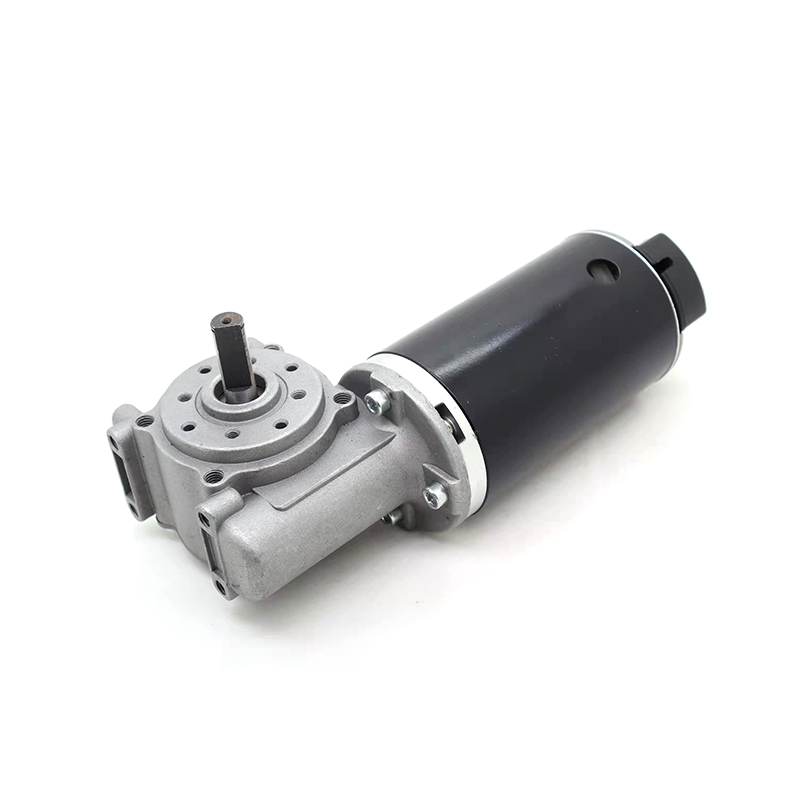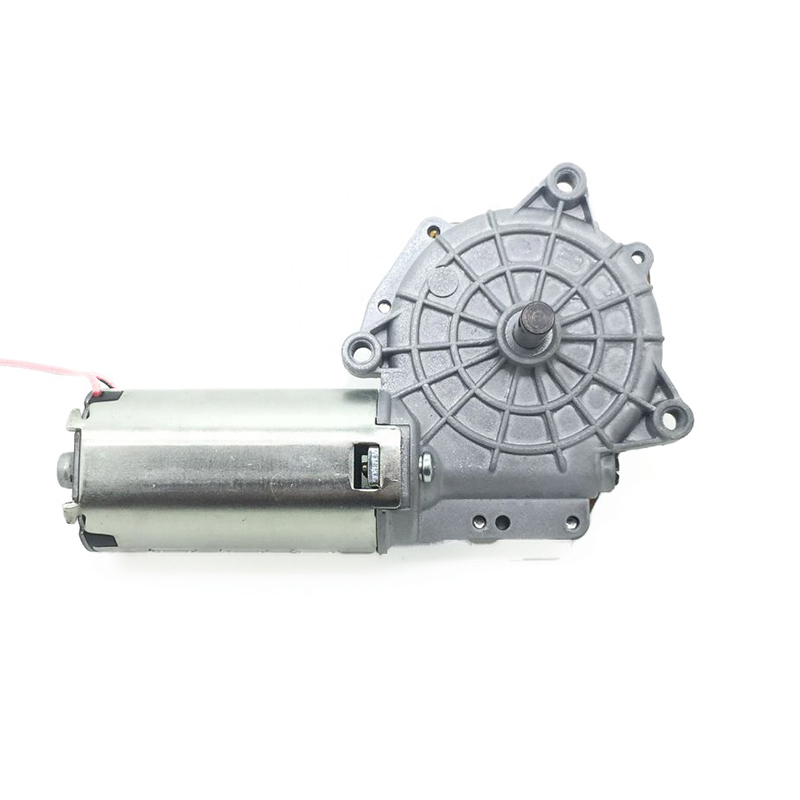 +86-0577-66009580
+86-0577-66009580
 juntmotor@126.com
juntmotor@126.com

In the world of electric motors, two types that frequently come up in various mechanical applications are the gear motor and the stepper motor. While both serve important roles in machines and systems, their fundamental differences lie in their operational characteristics, uses, and design features. This article will focus on explaining these differences while also providing an in-depth look at the workings of gear motors, which are widely used across various industries.
Understanding Gear Motors
A gear motor is an electric motor that has a gear reduction system attached to it. Essentially, it is a combination of a motor and a set of gears that reduce the speed of the motor’s output while simultaneously increasing its torque. Gear motors are available in many variations, including DC, AC, and servo configurations, with each type designed for specific operational requirements.
The inclusion of gears in a gear motor offers significant advantages in applications that require high torque and low speed. By converting the high-speed rotation of the motor into slower, more powerful movement, a gear motor can be used in applications that need a significant amount of force to perform tasks, such as lifting, moving, or rotating heavy objects.
Gear motors are common in robotics, conveyor systems, automated machinery, and electric vehicles, where precise and controlled motion is necessary. The gear system enables the motor to handle heavier loads than a standard motor could manage. As a result, they are crucial components in systems where efficiency and durability are essential.

The Mechanics of Gear Motors
At the core of any gear motor is the combination of an electric motor and a set of gears. These gears are typically arranged in different configurations, such as helical, spur, or planetary gears. The motor’s output shaft is connected to the input shaft of the gear system, where the gears reduce the speed of the motor’s rotation.
When a gear motor operates, the motor’s electric current generates a magnetic field, causing the rotor to spin. The gears then step down the rotational speed while simultaneously increasing the torque, making it suitable for applications requiring consistent, powerful, and low-speed motion. This adjustment is particularly useful in systems where precise control is required, such as in robotics or automated systems.
Applications of Gear Motors
Gear motors are versatile components that find applications in a variety of fields. They are used extensively in industries such as manufacturing, automotive, robotics, and even in household appliances. Here are some of the most common uses:
Robotics: In robotic applications, gear motors are essential for providing the required force to move robotic limbs or perform specific tasks, such as assembly or picking and placing objects.
Conveyor Systems: Gear motors are widely used in conveyor systems to transport materials across factories or warehouses. The gear reduction ensures that the motor runs at a speed suitable for continuous operation without overloading.
Electric Vehicles (EVs): In electric vehicles, gear motors are used to provide the torque necessary to move the vehicle’s wheels. These motors offer efficient power distribution and are ideal for handling the demands of driving a vehicle.
Automated Machinery: Many automated machines, from packaging to CNC machines, rely on gear motors to perform precise and controlled movements. The gear motor’s ability to deliver consistent torque at lower speeds makes it an ideal choice for these types of machines.
Home Appliances: From washing machines to automatic doors, gear motors are commonly used in household devices. They provide the necessary force and motion for various mechanical processes, making appliances more efficient and reliable.
Comparing Gear Motors and Stepper Motors
While gear motors are designed to provide consistent and powerful motion with precise control, stepper motors offer a different set of benefits. A stepper motor is an electromechanical device that divides a full rotation into a series of discrete steps. It moves in precise increments, with each step being a fixed angle of rotation. This stepwise motion is achieved by energizing the motor’s windings in a specific sequence.
The key difference between gear motors and stepper motors is in their control mechanisms and types of motion. Gear motors typically offer continuous rotation with the advantage of increased torque and reduced speed, whereas stepper motors provide incremental movement with precise positioning and control. Stepper motors are particularly useful when an application requires highly accurate positioning, such as in 3D printers or CNC machines, where precise movement is critical.
Another distinction is that stepper motors are commonly used in open-loop systems, where there is no feedback on the motor’s position. This makes them ideal for tasks requiring precise step-based movements, but they may struggle with higher loads or need more power when compared to gear motors.
Advantages and Disadvantages of Gear Motors
Advantages of Gear Motors:
High Torque: The primary advantage of a gear motor is its ability to provide high torque at low speeds. This is particularly valuable in applications that involve heavy loads or require a constant force.
Efficiency: Gear motors are efficient at converting electrical energy into mechanical energy, with the gear system ensuring that the motor operates at an optimal speed and torque for its application.
Durability: The design of gear motors allows them to handle continuous operation in demanding environments, making them durable and reliable for long-term use.
Space Saving: By integrating the motor and gear system into one compact unit, gear motors save space compared to using a separate motor and gearbox.
Disadvantages of Gear Motors:
Speed Limitation: While gear motors are excellent at low speeds, they are not suitable for applications that require high-speed rotation. Their speed is inherently limited by the gear reduction ratio.
Complexity: The inclusion of a gear system makes gear motors more complex than simple motors, which can lead to higher costs and maintenance requirements.
Noise: Depending on the gear configuration and the application, gear motors can produce noise during operation, especially when operating at higher speeds or under heavy load.
In summary, gear motors are essential for applications requiring high torque, low speed, and consistent motion. They offer a combination of powerful performance and efficient operation, making them a key component in industries such as robotics, automotive, manufacturing, and more. While gear motors are commonly compared to stepper motors, they each serve different purposes in mechanical systems. Understanding the differences between these two types of motors is crucial in selecting the right motor for any given application. By evaluating the specific needs of an operation, engineers and designers can choose between a gear motor or stepper motor to achieve the best results.

